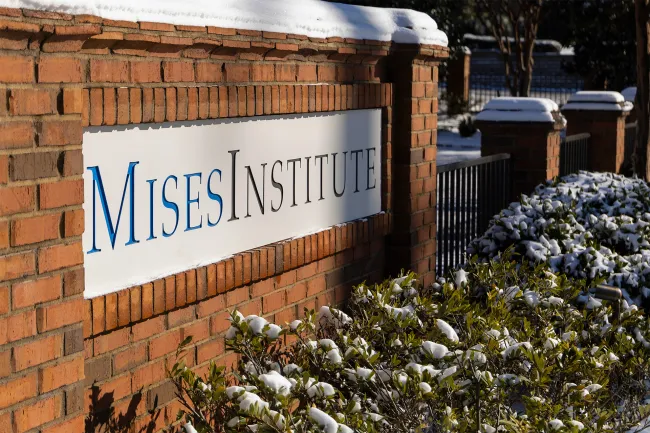Business Cycles
Austrian Business Cycle Theory
Tom Woods offers a simple 8-minute explanation of Austrian Business Cycle Theory.
Looking for Introductory Materials on Austrian Business Cycle Theory?
Michael Pollaro, Mark Thornton, and I went looking for some good introductory materials to help newcomers understand Austrian Business Cycle Theory
Four Reasons the Bernanke-Yellen Asset-Price Inflation May Be Nearing Its End
Once interest rates begin to rise — and rise they must, whether as a result of Fed policy or not — the end of the asset price inflation will be at hand. The result will be another financial crisis and accompanying recession.
The Austrian Theory of the Business Cycle
This lecture by Roger Garrison was presented at the 2012 Mises University in Auburn, Alabama. Includes an introduction by Mark Thornton.
Mises’s Contribution to Understanding Business Cycles
In “The Theory of Money and Credit”, Mises provided the basics for the long-sought explanation for that mysterious and troubling econom
Dr. David Howden: Let Banks Fail! (Central and Otherwise)
Jeff Deist and David Howden discuss the history of banking in America before 1913 and the entanglements of the Federal Reserve.
The Federal Reserve and the Financial Crisis, by Ben S. Bernanke
There is trouble lurking in each of the book’s four chapters. The text gets off on a wrong foot as Bernanke overviews the origins and purposes of the Fed.
Merger Waves and the Austrian Business Cycle Theory
This paper identifies merger waves as parts of Austrian-type business cycles. According to Austrian business cycle theory, when loan rates are reduced below their natural level through bank credit expansion, this falsifies the monetary calculation of capitalist-entrepreneurs, and investments are initiated that calculation showed were not profitable before the interest rate reduction.







